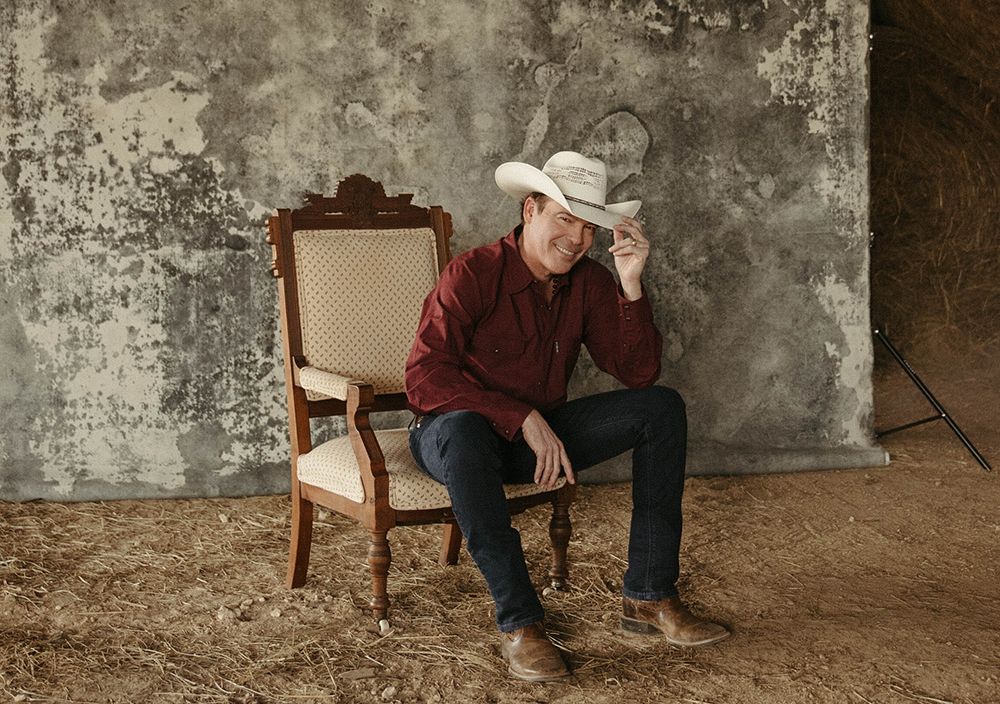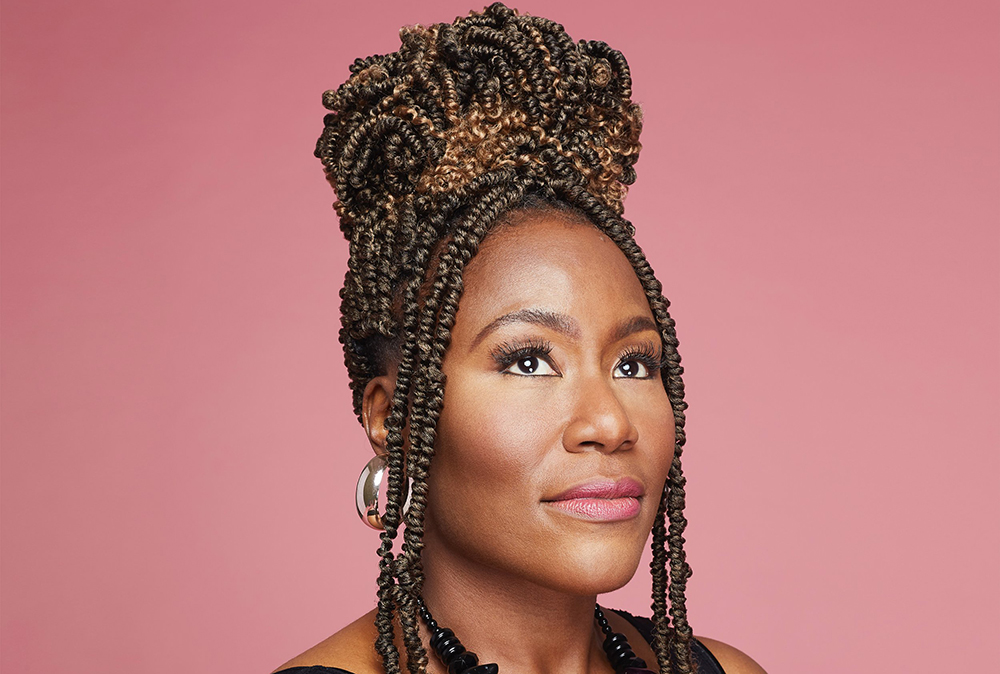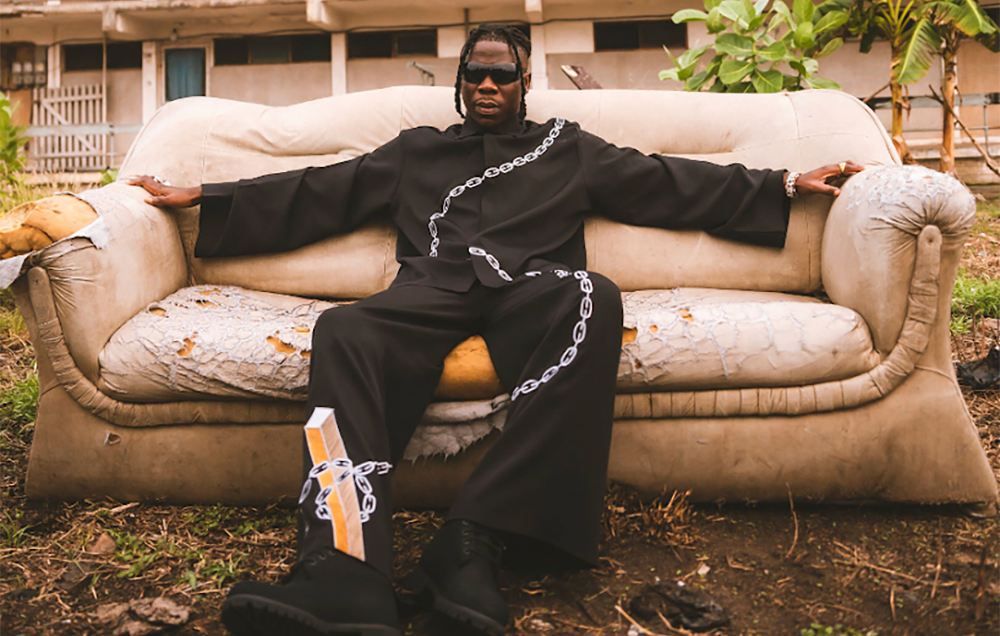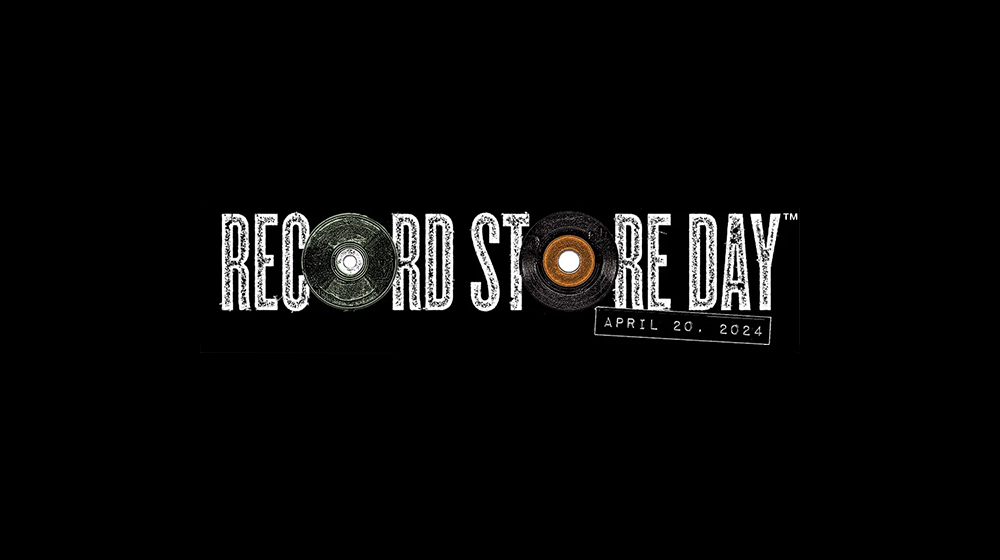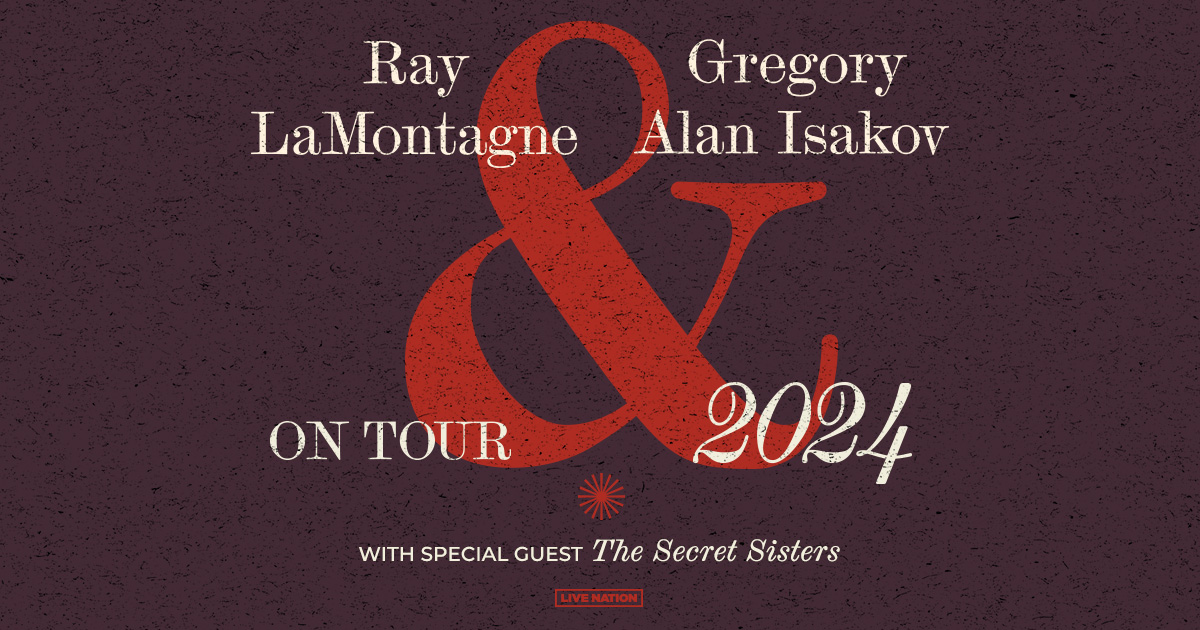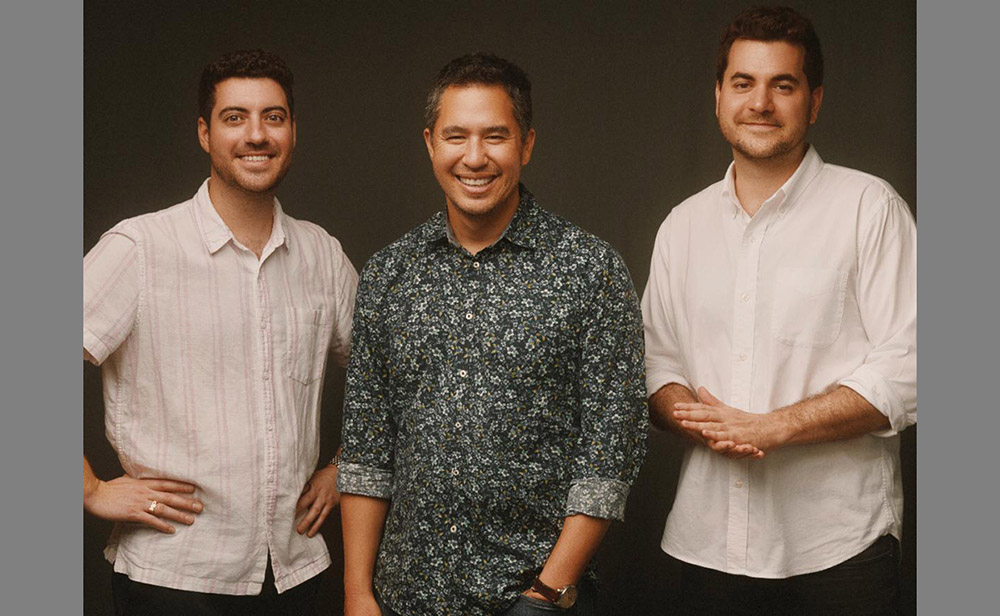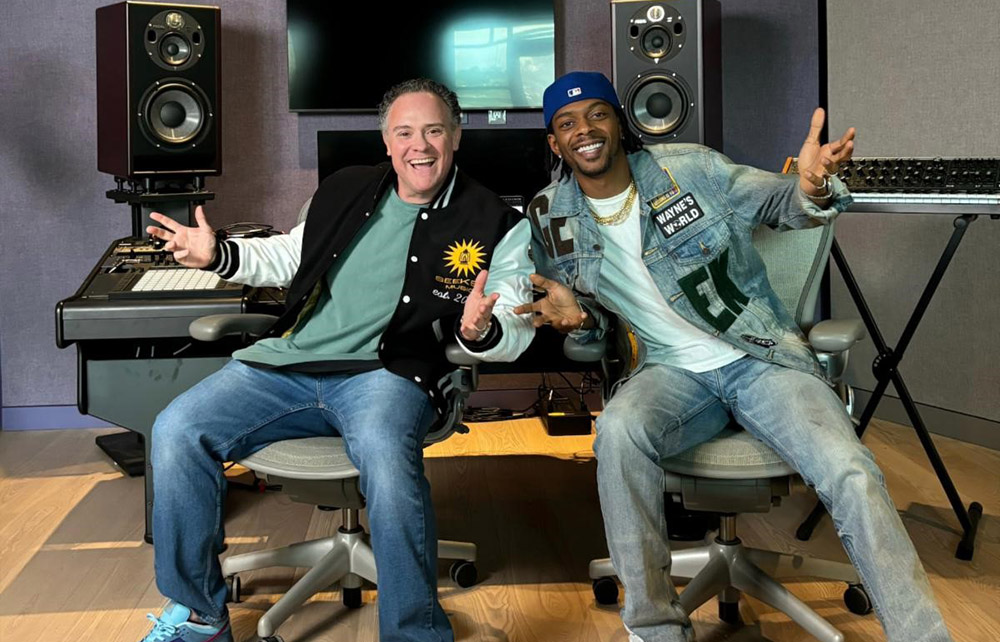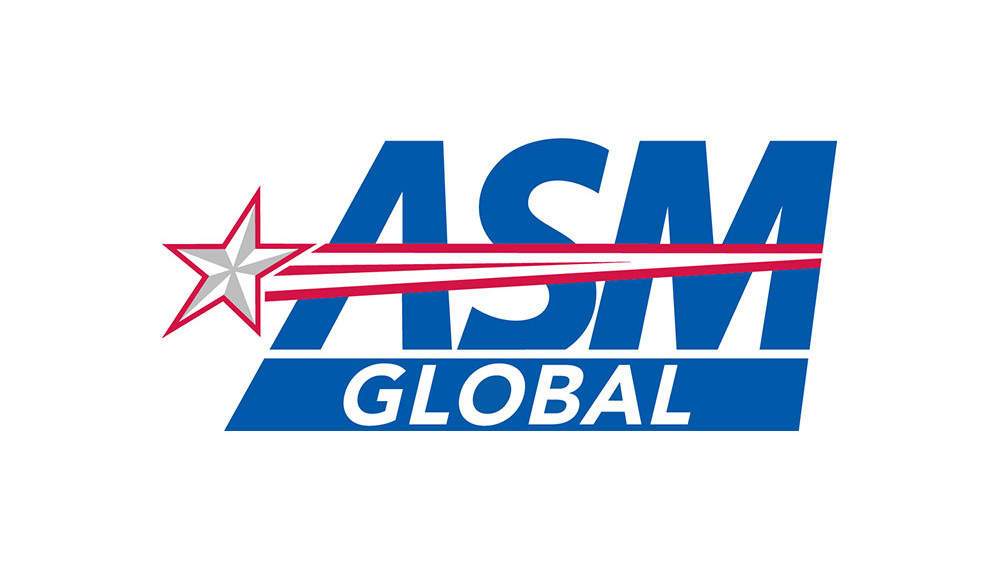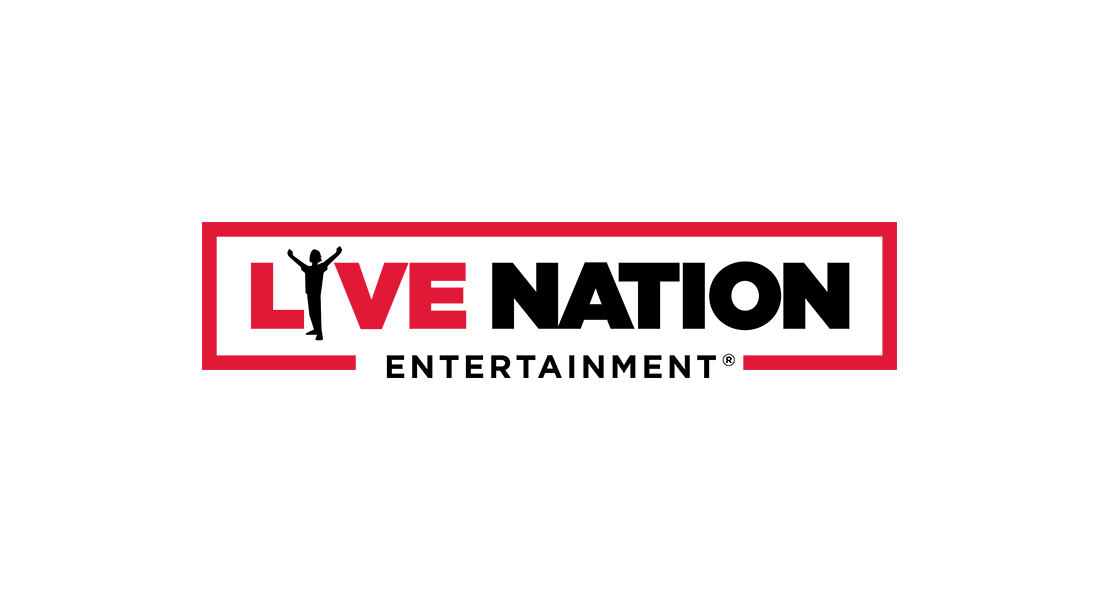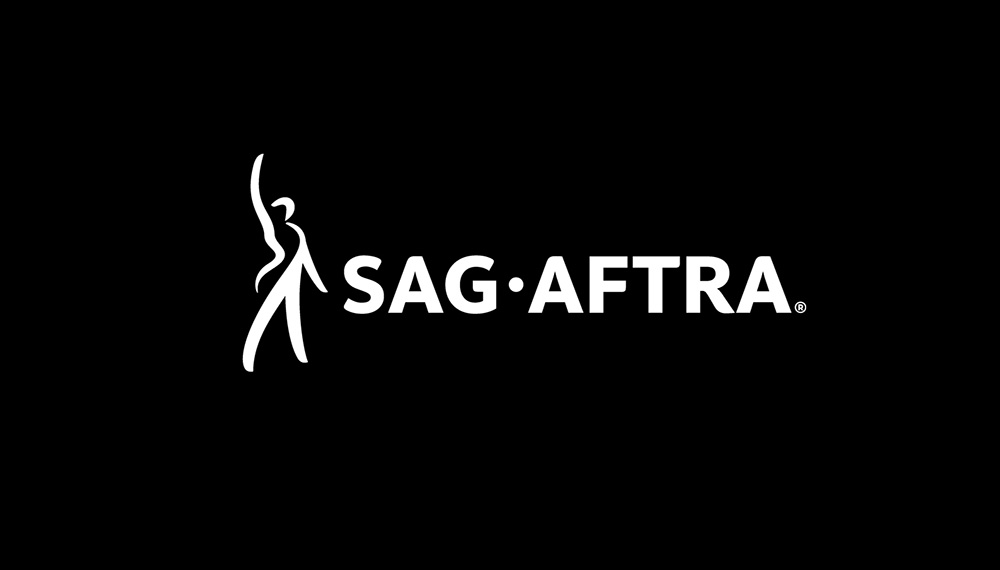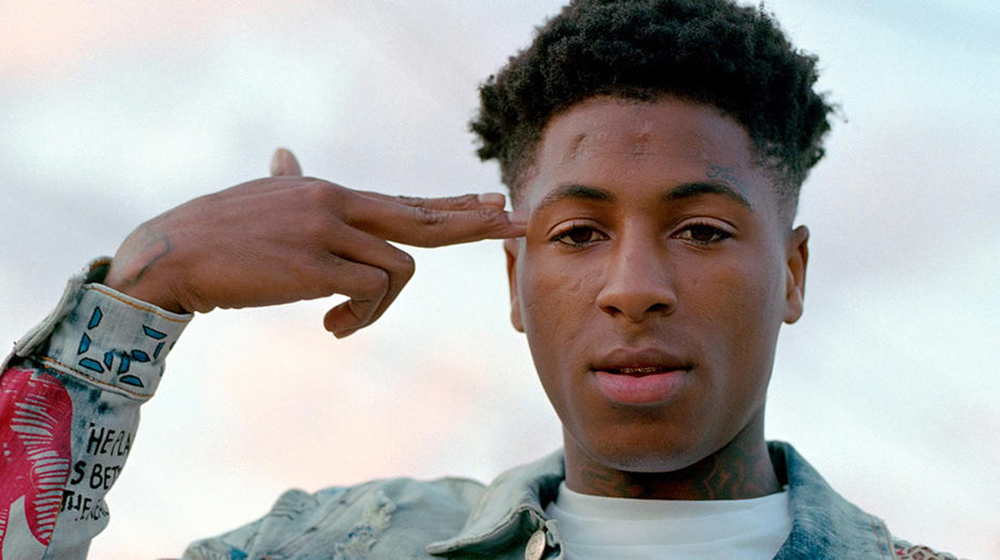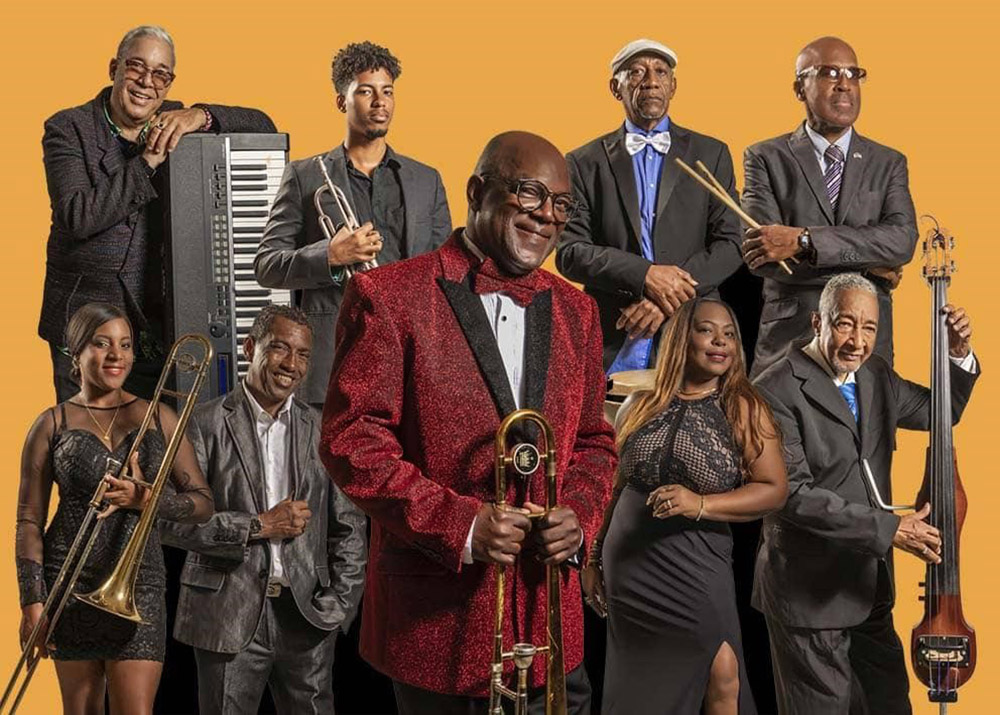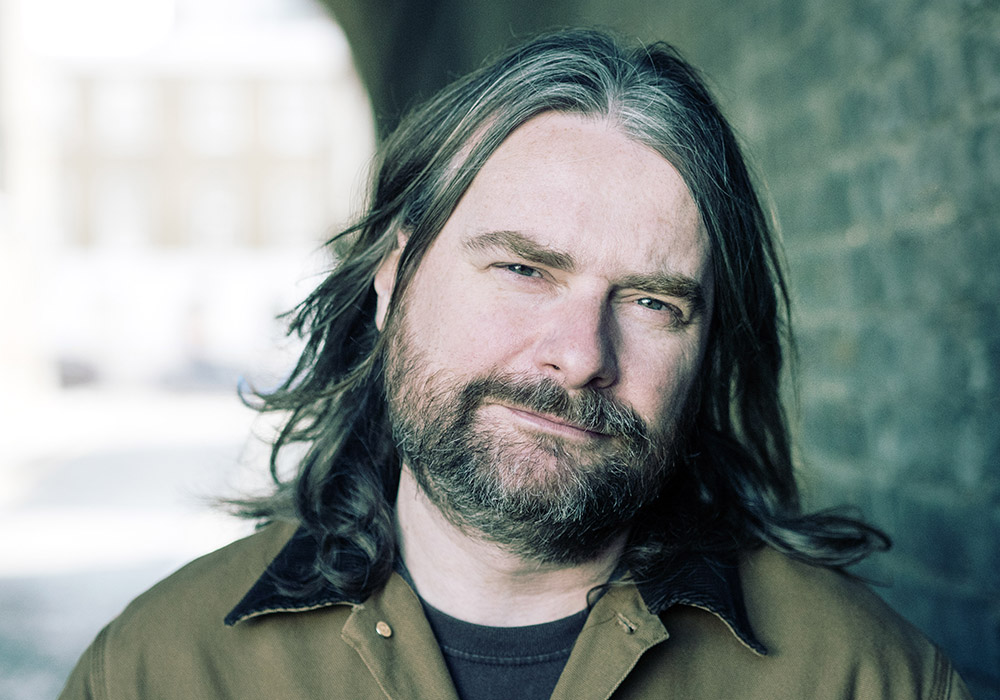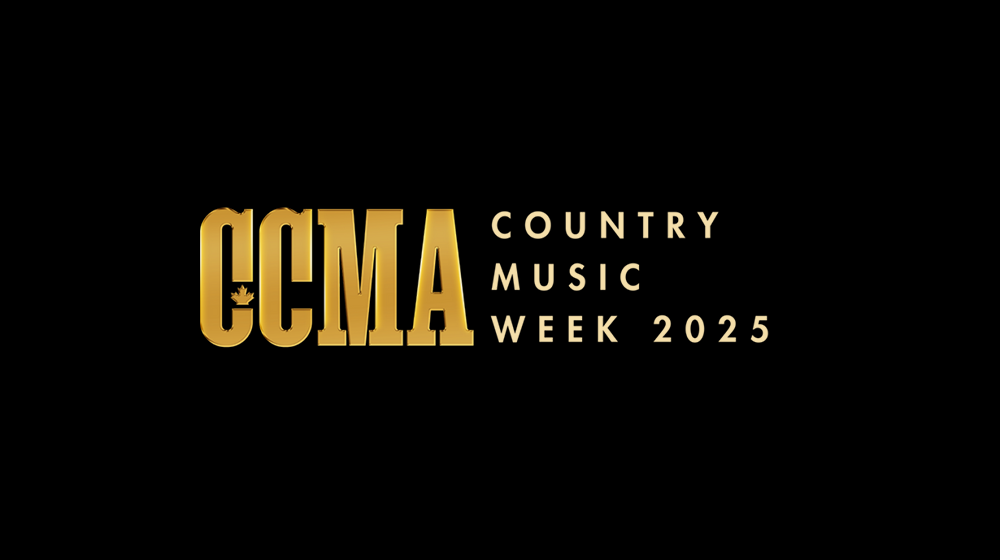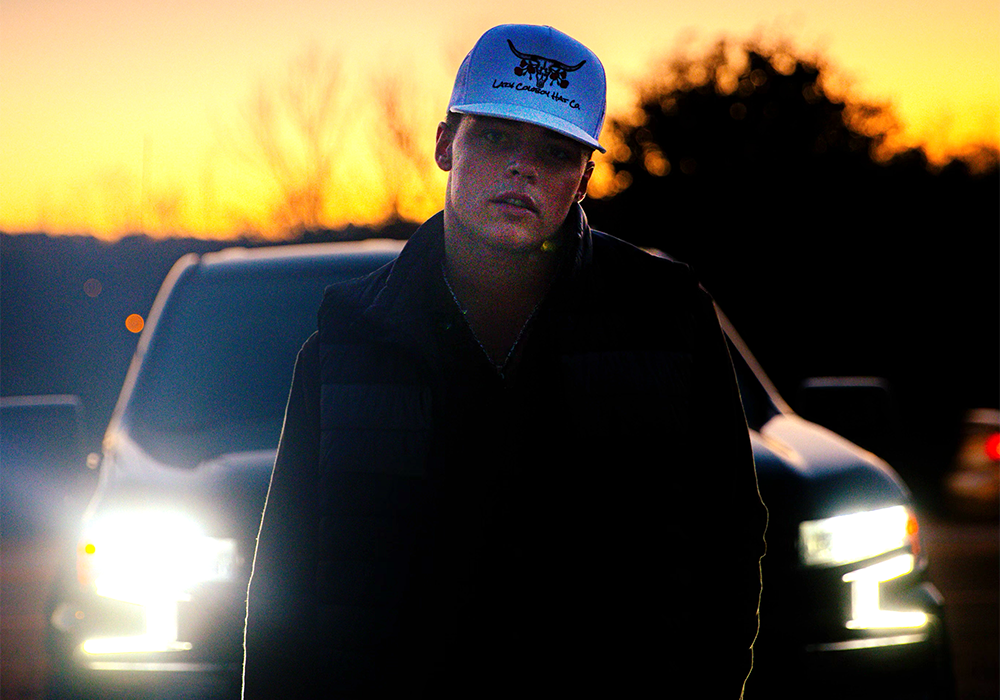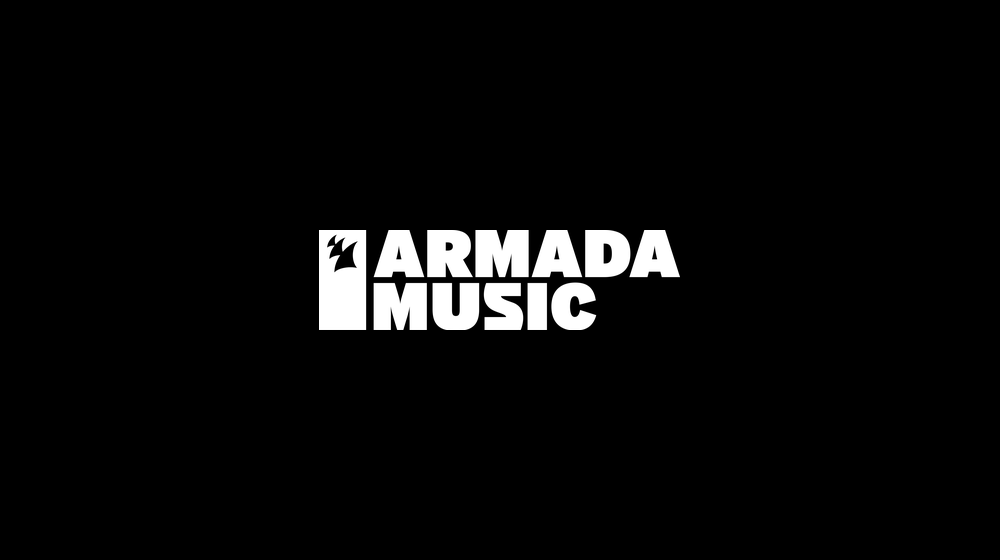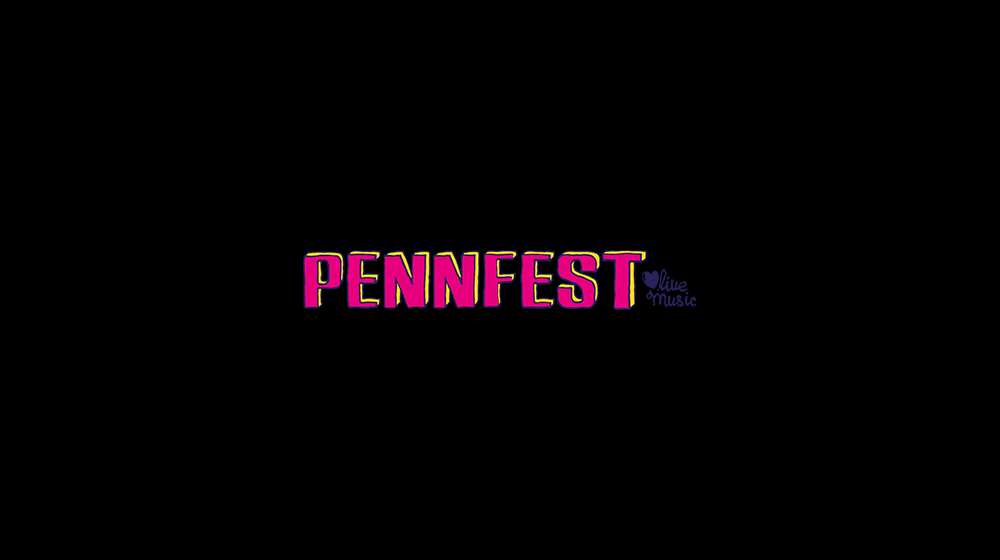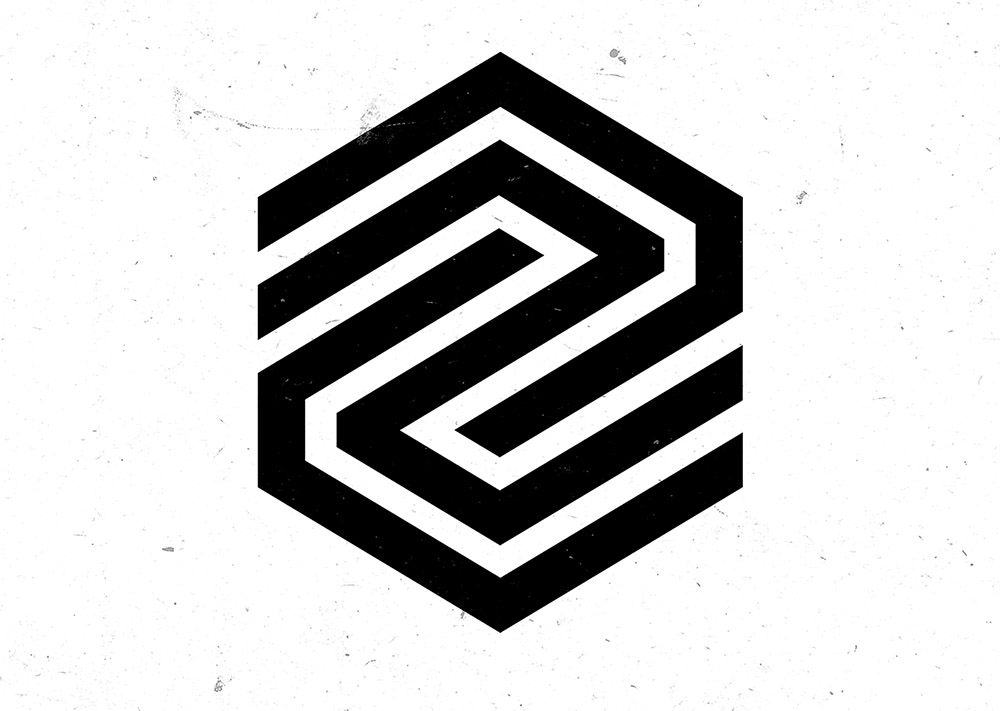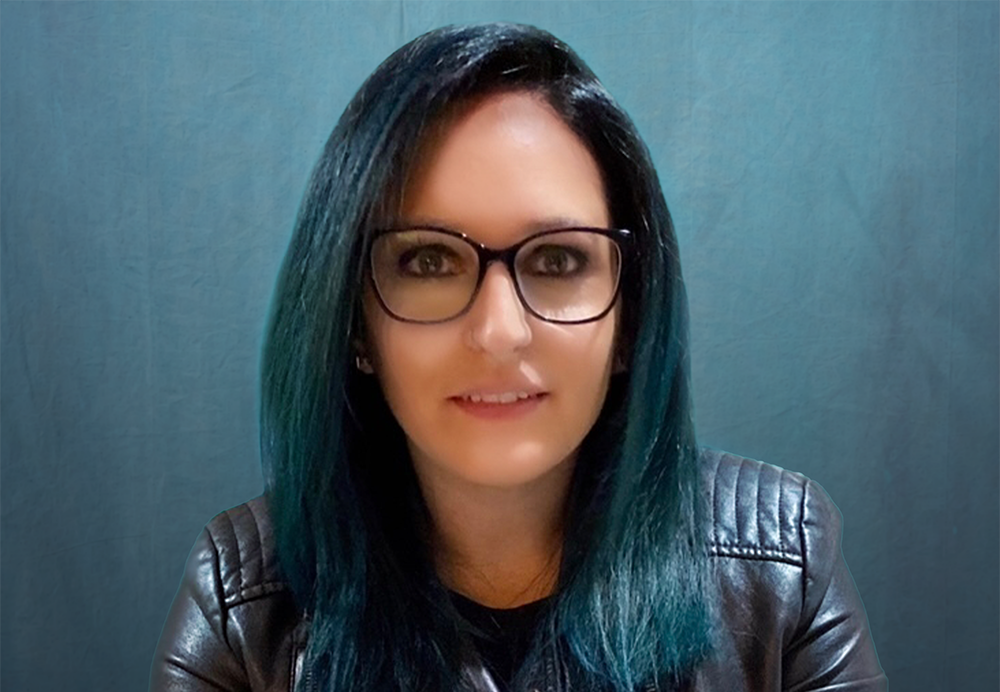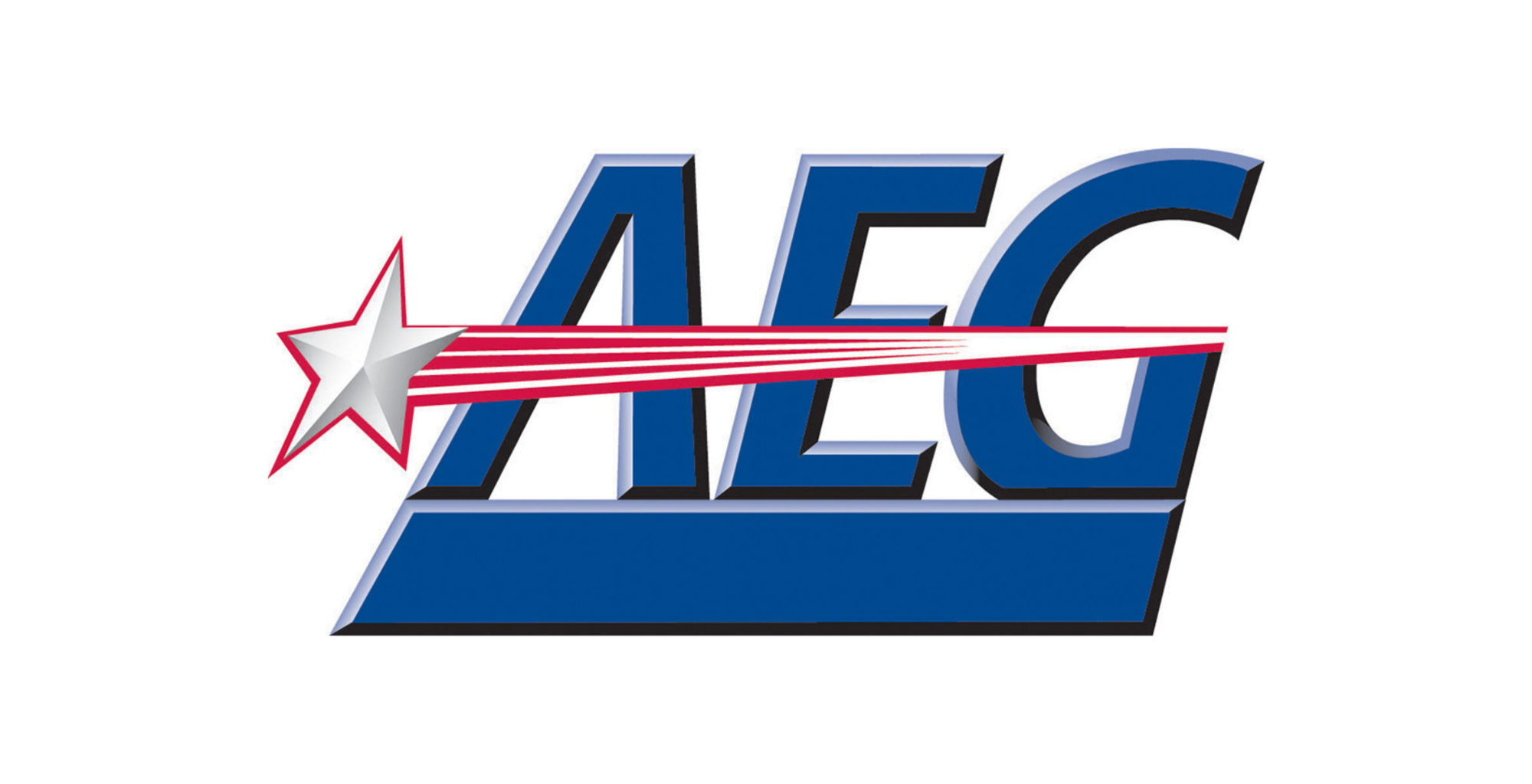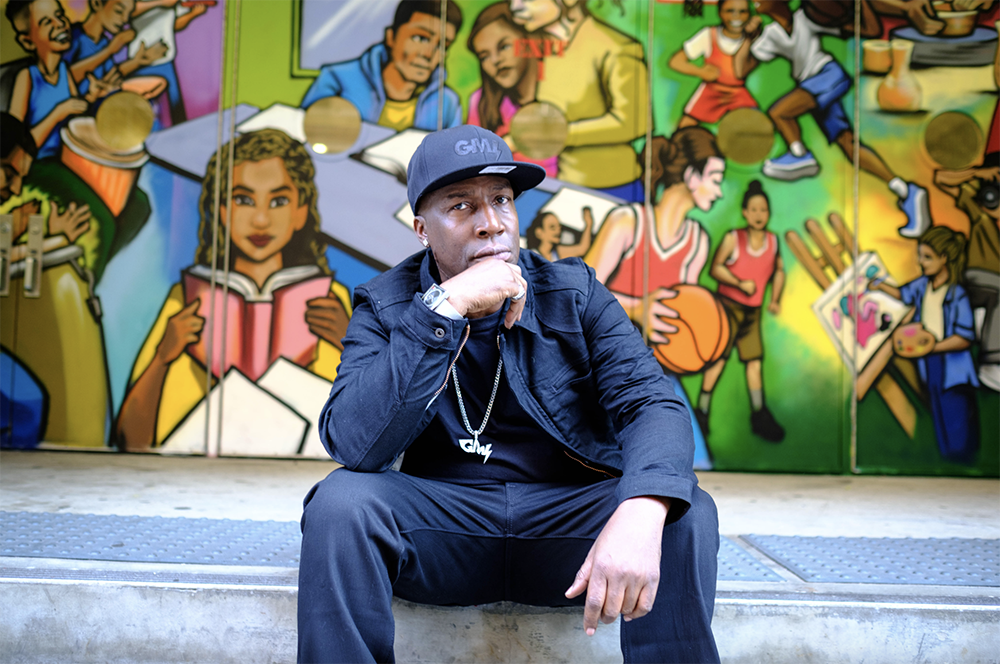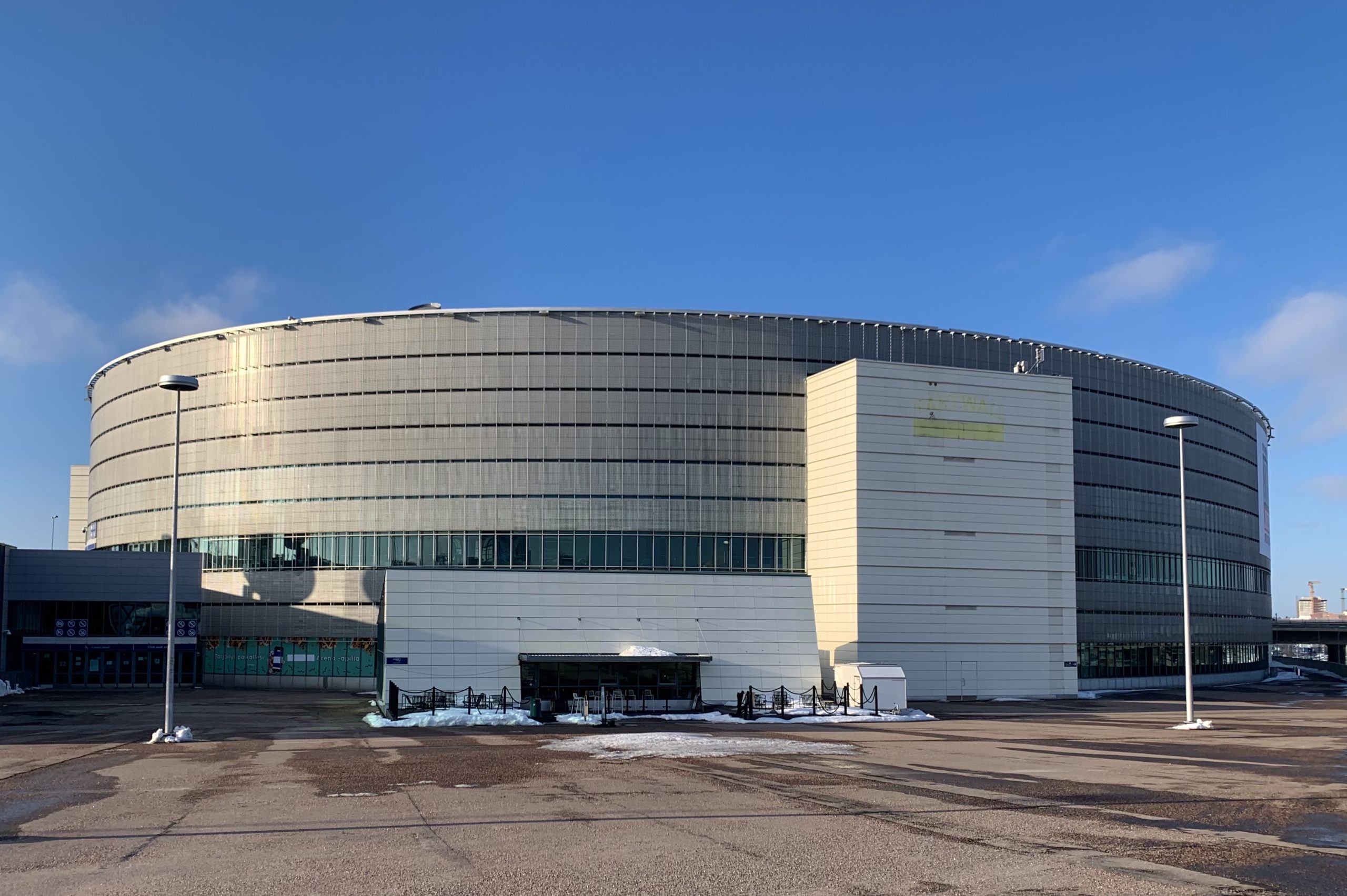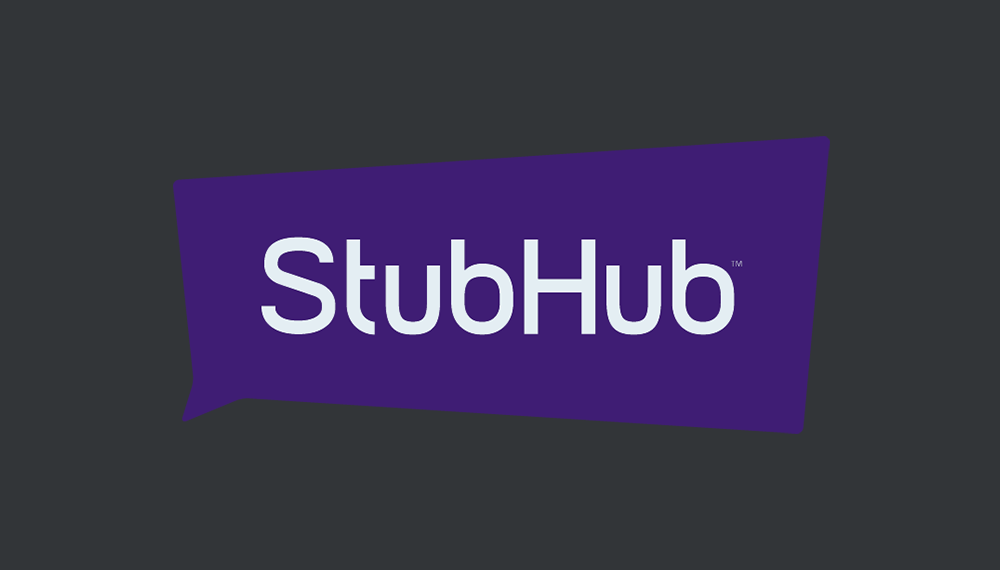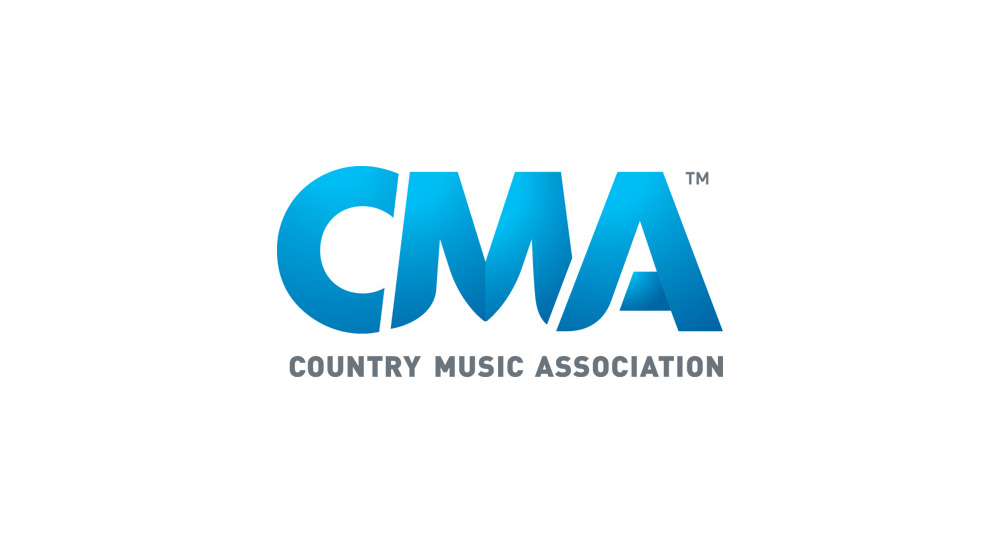
(Hypebot) – Although Apple's latest jumbo version of the iPad has been met with a lukewarm reception in many circles, the new plus size device offers several exciting possibilities for musicians involving composing, production, and playing the piano.
Guest Post by Ed Rex on Medium
Apple announced the iPad Pro — a gargantuan 12.9 inches of iPad. And the reaction on comment boards everywhere has been pretty much what you’d expect:
But there’s one group of people for whom the usual sarcasm that surrounds an Apple growth-spurt announcement has been replaced by genuine excitement. And that group is musicians.
Because everything we do just got easier.
Composing
Composing on a laptop sucks. Sibelius is the best program out there, but crotchets and quavers weren’t designed to be selected from a toolbox with a mouse and dropped into place — they were designed to be drawn. Not to mention the fact that there’s not a music stand in existence on which it feels good working on a laptop. Composing on your computer at the piano is like sitting on a mountain, painting the landscape in front of you on a discarded radiator you brought along.
But iPads, for all their promise, have never really cut it either. They’re just too small — composers write on A4, or even A3. And as natural a stylus as your finger is, most of them are too fat to get the precision you need to put a small black dot on a millimetre-wide stave.
The solution?
A massive iPad with a pencil.
Composers like using pencils
Production
Producing music on your laptop is amazing. Apple have nailed it with Logic Pro — the bedroom has become the source of some of the world’s greatest hits. But laptops — in what can only be a cruel joke on the part of the people who coined the term — just aren’t that portable. You don’t, for instance, see people fine-tuning their latest tracks on the Tube.
iPads, too, never really stepped up to the plate in production terms. Sure, there are apps out there that let you work on your music on the go — but, again, the screen is just too small to really be able to do it effectively. If you open Garageband and can see 4 bars in 5 tracks out of the 100 bars and 50 tracks that make up your song, you quickly realize you’re going to be spending most of your time scrolling around trying to find that reverse clap you were working on.
The solution?
That massive iPad again.
Imagine how many backing tracks you could see on this thing at once
Performing from sheet music
Performing from sheet music on a laptop is not something that anyone does, ever. You won’t find the LSO playing from a sea of MacBooks.
The iPad, however, is a different story. With apps like forScore, suddenly you have a device that works, and sits on your music stand, just like paper. It even works better than paper — instead of fiddling about with the corner of the page every time you need to turn, you touch the screen and the next page magically appears. It really was the biggest innovation in sheet music since sheet music. But… musicians play from A4. We’re used to it. We just like it. So the iPad is just too small.
The solution?
Every musical score ever written on a massive device.
12.9" of music
Playing the piano
The piano is a great instrument — it can pull off any genre, it looks awesome, and it can play harmony (unlike a frankly surprising and irresponsible number of instruments). Its greatest weakness?
Rarely has a less portable instrument been conceived. So when the laptop and then the iPad came along, both were slavered over by pianists everywhere, an end to their exorbitant moving bills potentially in sight.
No such luck.
Sure, laptops have keys, but — as anyone who’s ever opened up Logic in order to improvise on their MacBook keyboard can attest — being limited to a single octave is pretty limiting. And playing chords involves a minor feat of contortion.
You’d think iPads would be better — design your app right and you’re selling a portable piano. But the screen is too small to play with both hands at the same time, which is sort of a prerequisite for pianists. You think you’re going to feel like Liszt, sitting playing with your headphones on in theThat massive iPad again
And that’s not even the end of it. Imagine doing your mixing sitting on the sofa in the studio’s control room, a vast display of dials at your fingertips. Or conducting an orchestra with a screen on your music stand big enough to show a whole orchestral score.
Much of the hype around Apple and music recently has, understandably, been focused on Apple Music. But it’s time for the people who make the music to get excited — because Apple just brought out a device aimed squarely at them.
quiet carriage, but in fact you feel like this:
The solution?
A screen that spans three octaves.
That massive iPad again
And that’s not even the end of it. Imagine doing your mixing sitting on the sofa in the studio’s control room, a vast display of dials at your fingertips. Or conducting an orchestra with a screen on your music stand big enough to show a whole orchestral score.
Much of the hype around Apple and music recently has, understandably, been focused on Apple Music. But it’s time for the people who make the music to get excited — because Apple just brought out a device aimed squarely at them.





















